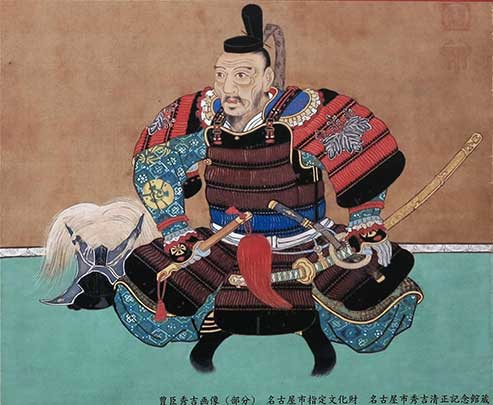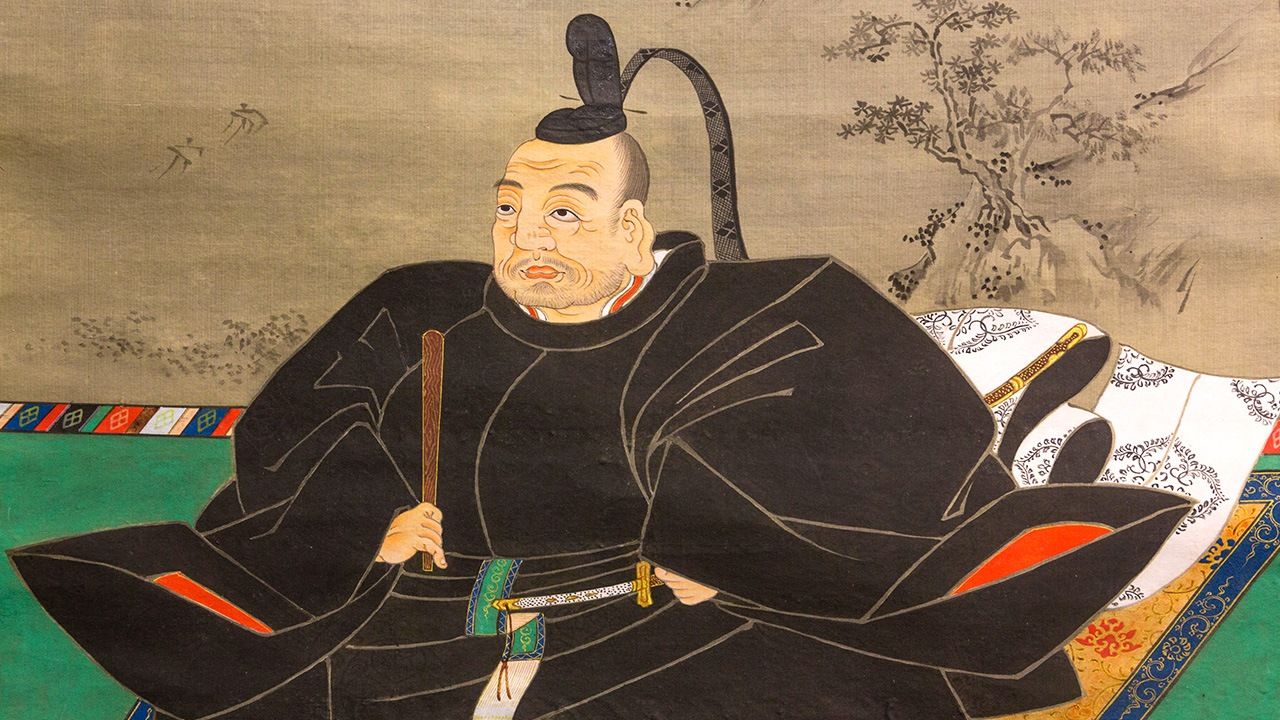Introduction
Samurai have always held a mystical aura in the imagination of people worldwide. These elite warriors of feudal Japan were fighters and bearers of strict honor codes, loyalty, and discipline. At the heart of their identity lay the katana, a blade that was far more than just a weapon—a spiritual extension of the warrior himself.
In this blog, we’ll explore the bond between samurai and their katanas, delve into the stories of famous samurai and their legendary swords, highlight renowned named blades in history, and see how their influence still lingers in modern culture. If you’re fascinated by famous samurai swords and want to uncover the legends behind legendary katanas, you’re in the right place.
The Samurai and the Katana: A Timeless Bond
The katana symbolized the very soul of the samurai. Worn with pride, it wasn’t merely a tool for battle but a symbol of the warrior’s loyalty and honor. Owning a katana reflected status, while losing it meant disgrace.
The forging of a katana was considered an art form. Master swordsmiths dedicated their lives to perfecting the steel, blending toughness with a razor-sharp edge. Rituals accompanied the forging process, emphasizing the sacred role of the sword in Japanese culture. To the samurai, their katana embodied spirit, protection, and legacy.
Famous Samurai and Their Legendary Katanas
Miyamoto Musashi – The Lone Wolf

Miyamoto Musashi remains one of the most iconic figures in samurai history. A master swordsman, strategist, and author of The Book of Five Rings, Musashi developed the Niten Ichi-ryū, or two-sword style, using katana and wakizashi simultaneously.
Though his exact swords aren’t as famous as others, his unique combat philosophy elevated the katana’s role in dueling. His undefeated record in over 60 duels cements him as one of Japan’s greatest warriors.
Oda Nobunaga – The Ambitious Warlord

Oda Nobunaga was instrumental in unifying Japan during the turbulent Sengoku period. While firearms began reshaping warfare, Nobunaga’s symbolic use of katana upheld samurai values.
He is linked to several ceremonial katanas, which he often gave as gifts to loyal retainers, reinforcing his political authority and the importance of swords in diplomacy. His ambition and ruthlessness left a lasting legacy on Japanese warfare.
Toyotomi Hideyoshi – The Great Unifier

Rising from a peasant background to become Japan’s ruler, Hideyoshi’s life epitomized the transformative power of determination. His katanas were often symbols of reward and loyalty, frequently bestowed upon allies.
He elevated the cultural significance of the sword, encouraging the production of elaborately designed ceremonial blades. His policies also restricted sword ownership, cementing the katana as a marker of the samurai class.
Tokugawa Ieyasu – The Shogun of Stability

Tokugawa Ieyasu, founder of the Tokugawa shogunate, used the katana as a weapon and a political emblem. His personal swords, especially ceremonial ones, were symbols of shogunate authority.
The Honjo Masamune, a blade later tied to the Tokugawa family, became the ultimate symbol of power and peace during his rule. For over 250 years, his shogunate brought stability to Japan, with the katana as a central authority figure.
Date Masamune – The One-Eyed Dragon

Known for his fearsome crescent-moon helmet, Date Masamune was both a military genius and a cultural icon. His katanas were as legendary as his striking appearance, embodying his fierce yet visionary character.
Stories of Masamune’s blades, often crafted by the greatest swordsmiths, spread across Japan, cementing his place in historical accounts and folklore.
Other Notable Samurai and Their Katanas
- Minamoto no Yoshitsune – A tragic hero of the Genpei War, remembered for his swift tactics and elegant swordsmanship.
- Takeda Shingen – The “Tiger of Kai,” famed for his strategic brilliance and the symbolic power of his blades.
- Saigō Takamori – Sometimes called “the last samurai,” he carried the katana spirit into Japan’s modernizing era.
Legendary Named Katanas in History
Some katanas achieved fame that rivaled or even surpassed their wielders:
- Honjo Masamune – The ultimate symbol of Tokugawa authority, representing peace and power.
- Kogarasu Maru (“Little Crow”) – A rare tachi-to-katana hybrid, considered a masterpiece of transition-era swordsmithing.
- Dojigiri Yasutsuna – Known as the “demon-slaying sword,” said to have cut down the mythical Shuten-dōji.
These legendary katanas blended myth with history, carrying stories of supernatural power and unmatched craftsmanship.
Craftsmanship Behind the Legends
Masters like Masamune and Muramasa forged swords synonymous with perfection and legend. Masamune’s blades were revered for their purity and balance, while Muramasa’s swords were rumored to be cursed, thirsting for blood.
The forging process involved countless times folding steel, creating a blend of strength and sharpness. While some swords were crafted for battle, others were designed for ceremonial purposes, showcasing artistry and prestige. The durability of these katanas is why many of them are still preserved today.
Samurai, Katanas, and Modern Culture
From Hollywood movies to anime like Rurouni Kenshin and games like Ghost of Tsushima, samurai and their katanas continue to inspire. These swords symbolize discipline, honor, and resilience.
Today, katanas are prized collectibles, often displayed in museums or passed down in families. Their global appeal shows how the spirit of the samurai transcends time and borders.
Conclusion
Samurai and their katanas shaped not only Japanese history but also its culture, art, and identity. These swords were more than weapons—extensions of the warrior’s honor and soul. From famous samurai swords like the Honjo Masamune to warriors like Musashi and Nobunaga, their legacies inspire fascination today.
If you’re intrigued, dive deeper into samurai history, explore museum collections, or even study traditional swordsmithing to appreciate the power of these legendary katanas truly.
FAQs
Who was the most famous samurai in history?
Miyamoto Musashi is often considered the most famous samurai due to his unmatched dueling record and influential strategic writings.
What is the most legendary katana?
The Honjo Masamune is regarded as the most legendary katana, symbolizing the Tokugawa shogunate.
Did every samurai own a katana?
Yes, samurai were required to carry two swords—the katana and wakizashi—known as the daishō, signifying their warrior status.
Are the famous samurai katanas still preserved today?
Some katanas, like the Dojigiri Yasutsuna, survive in museums, while others, like the Honjo Masamune, have been lost to history.
Who was the most excellent Japanese swordsmith?
Masamune is celebrated as Japan’s greatest swordsmith, and his works are prized for their beauty and flawless craftsmanship.


